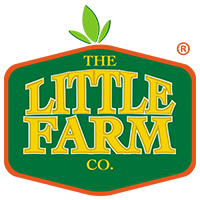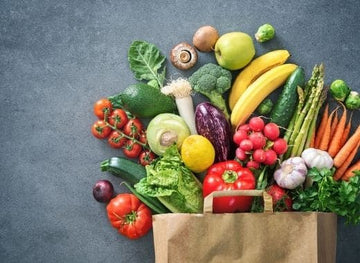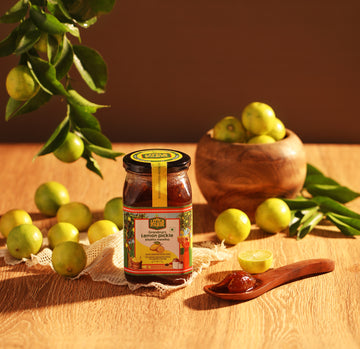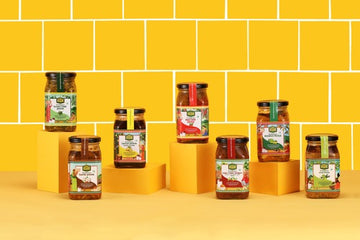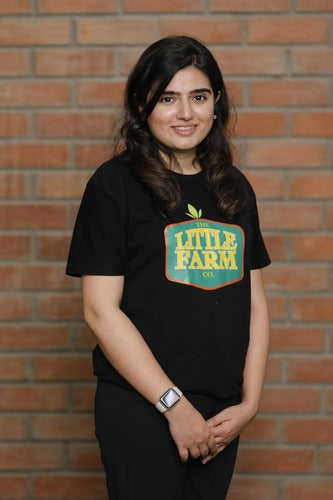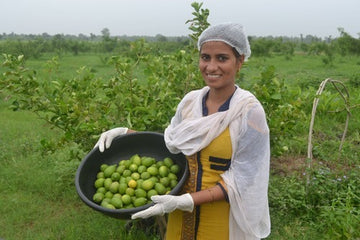- Zero Calorie foods,
- Negative Calorie foods,
- Empty Calorie foods
Except Water there is nothing else that you put in your mouth that is Zero calorie food. Having settled that issue once and for all, let’s look at the other two issues.
There is no scientific evidence to suggest that there are some categories of Negative calorie foods that provide lesser calories to the body then the calories the body uses to process them. The trick is the jargon used in the labeling of these processed foods that fool many consumers.
Empty Calorie Foods.Many packaged and processed foods contain empty calories which have little or no nutritional values instead they give your body mostly solid fats and added sugars which lead to weight gain & nutritional deficiencies. These are the foods to be avoided or had in moderation to maintain health and body weight.
Items to be avoided include Bakery items, Carbonated, sports and energy drinks, fruit juices containing added sugar, full fat dairy products including cheese and ice creams, Processed meats like sausages, hot dogs, bacons etc. And lastly fast food items like pizzas, burgers, fries and other deep fried item. This list is suggestive but not exhaustive. So where is the relief, reads on:-
30 Foods That Contain Almost Zero Calories:

Calories provide the energy that your body needs to function and stay alive.While there is no evidence to support that negative-calorie foods burn more calories than they provide, foods that are already low in calories may actually provide fewer calories than expected. This is because your body uses energy to digest them.
If you’re trying to decrease your total calorie intake, eating more low-calorie foods, such as certain fruits and vegetables, is an easy way to achieve that goal.Here are 30 foods with almost zero calories.
1. Apples
Apples are not only nutritious but one of the most popular fruits in India, according to USDA’s Economic Research Service. 100 gm of apple slices has 50 calories and more than two grams of dietary fiber.Since your body has to burn energy to digest apples, the net amount of calories provided by this fruit is low.
2. Arugula/Rocket leaves
Arugula is a dark, leafy green with a peppery flavor.It’s commonly used in salads, is rich in vitamin K and also contains folate, calcium and potassium. 100 grams of Rocket leaves have 30 calories.
3. Asparagus
Asparagus is a flowering vegetable that comes in green, white and purple varieties. All varieties are health, but purple asparagus has compounds called anthocyanins that may help prevent heart disease.100 grams of asparagus has only 20 calories and is rich in vitamin K and folate, providing 70% and 17% of the Recommended Daily Allowance (RDA), respectively.
4. Beet Root
Beets are root vegetables that typically have a deep-red or purple color. Beet root is reputedly very good for lowering blood. Beet Root contains only 43 calories per 100 grams and 13% of the RDA for potassium.
5. Bell Peppers
Bell peppers come in many colors, shapes and sizes. Research shows that bells peppers are particularly high in antioxidants and may protect the body from the damaging effects of oxidation. There are only 20 calories in 100 gram of bell peppers.
6. Broccoli
Broccoli is one of the most nutritious vegetables in the world. It’s a member of the cruciferous family of vegetables and may help fight cancer. 100 grams of broccoli has only 34 calories and over 100% (RDA) of the amount of vitamin C that most people need per day..
7. Brussels Sprouts
Brussels sprouts are highly nutritious vegetables. Research shows that eating Brussels sprouts may protect against DNA damage due to their high vitamin C content. 100 grams of Brussels sprouts have only 43 calories.
8. Button Mushrooms
Mushrooms are a type of fungus with a sponge-like texture. Mushrooms contain several important nutrients and have only 22 calories per 100 grams.
9. Cabbage
Cabbage is a vegetable with green or purple leaves. It’s very low in calories and contains only 25 calories per 100 grams.
10. Carrots
Carrots are very popular vegetables. Most people associate good eyesight with eating carrots since they’re rich in beta-carotene, which can be converted to vitamin A. 100 grams of carrots has only 41calories and over 400% of the RDA for vitamin A.
11. Cauliflower
Cauliflower is typically seen as a white head inside green leaves. 100 grams of cauliflower has only 25 calories.
12. Celery
Celery is one of the most well-known, low-calorie foods. Celery has high water content making it naturally low in calories. There are only 16 calories in 100 grams of celery.
13. Cucumbers
Cucumbers are a refreshing vegetable commonly found in salads. Since cucumbers are mostly water, they’re very low in calories. 100 grams only has 16 calories.
14. Garlic
Garlic has a strong smell and taste and is used widely in cooking to add flavor to dishes.Garlic has been used for centuries as a remedy for various illnesses. Research suggests that it may decrease blood pressure and fight infections or even cancer.One clove (3 grams) of garlic has only 5 calories.
15. Grapefruit
Grapefruits are one of the most healthy citrus fruits. Certain compounds in grapefruit may decrease cholesterol levels and increase metabolism.There are 40 calories in 100 grams of grapefruit.
16. Lemon
The juices of lemons are widely used to flavor water, salad dressings, marinades and alcoholic drinks.Citrus does more than just add flavor. Research shows that lemon juice has compounds that can act as antioxidants to fight and prevent diseases in your body. 100 grams of lemon juice has only 29 calories.
17. Lettuce
Lettuce is known for its high water content. It’s commonly used in salads and on top of burgers or sandwiches. Lettuce is rich in vitamin K, vitamin A and folate.100 grams of lettuce has only 6 calories.
18. Onions
Onions are used in nearly every kitchen of the world. All types of onions are low in calories. 100 grams of onions have 40 calories.
19. Papaya
Papaya is a tropical fruit.It’s very high in vitamin A and a good source of potassium. 100 grams of papaya has only 43 calories.
20. Radishes (Mooli)
Radishes have several beneficial nutrients and only 16 calories per 100 grams.
21. Strawberries/Berries
Strawberries and berries are extremely popular fruits.Studies show that eating berries may help protect you from chronic diseases, such as cancer and heart disease.There are less than 33 calories in 100 grams of strawberries.
22. Spinach
Spinach is another leafy green that is loaded with vitamins and minerals and very low in calories.It’s high in vitamin K, vitamin A and folate and has more protein than some other leafy vegetables.100 grams of spinach has only 23 calories.
23. Tomatoes
Tomatoes are one of the most popular vegetables in the world. They’re also highly nutritious and contain a beneficial compound called lycopene. Research has shown that lycopene may protect against cancer, inflammation and heart disease.100 grams tomatoes have 19 calories.
24. Turnips
Turnips are white root vegetables with slightly bitter flesh. Turnips have several beneficial nutrients and only 20 calories per 100 grams.
25. Watercress
Watercress is a leafy vegetable that grows in running water. It is highly nutritious.100 grams of this vegetable provides 318% of the RDA for vitamin K, 72% of the RDA for vitamin C and 66% of the RDA for vitamin A — and all for a meager 11 calories.
26. Watermelon
As its name suggests, watermelon is a very hydrating fruit.Watermelon contains almost every nutrient and a high amount of vitamin C. There are 30 calories in 100 grams of watermelon.
27. Zucchini
Zucchini is a green type of summer squash. It is quite low in calories, with only 16 per 100 grams.
28. Beverages: Coffee, Herbal Tea, Water, Carbonated Water
Some beverages are very low in calories, especially when you don’t add anything to them.Plain water contains no calories. Most herbal teas and carbonated waters have zero to very few calories, while black coffee has only 2 calories per cup (250 grams).Choosing these drinks over beverages with added sugar, cream or juice can help you reduce your calorie intake.
29. Herbs and Spices
Herbs and spices are used to add flavor to foods and are extremely low in calories.Indian spices used in daily cooking and common herbs that are eaten fresh or dried include parsley, basil, mint, oregano and cilantro have low calorie counts.Most herbs and spices have fewer than five calories per teaspoon.
30. Broth
There are many varieties of broth, including chicken, beef and vegetable. It can be eaten alone or used as a base for soups and stews.Depending on the type of broth, 100 ml usually contains 3-5 calories
Lastly, there are many delicious foods that are low in calories.Most of them are fruits and vegetables that also contain nutrients that benefit your health.Eating a variety of these foods will provide you with plenty of nutrients for a minimal amount of calories.
Eat natural, Eat local, Eat in season and take charge now.
